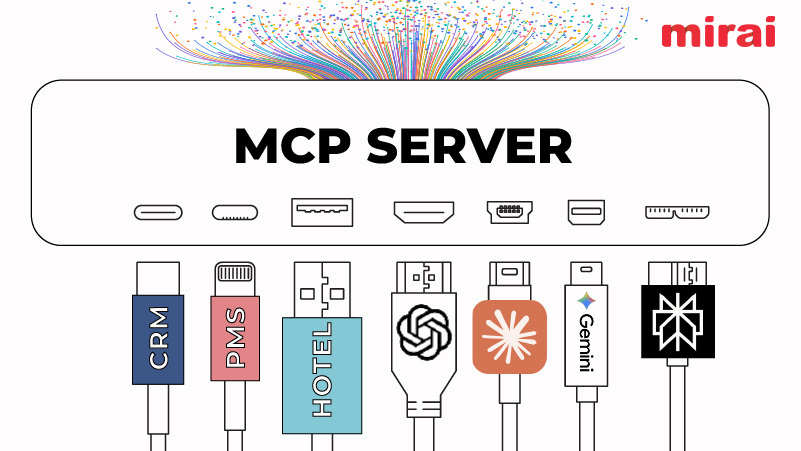
Craving a taco for lunch? No need to go to your nearest Taco Bell or even download the app. You can just summon TacoBot on messaging platform Slack and even get recommendations while you place your order.
Microsoft’s recent chatbot PR disaster notwithstanding, brands are on the cusp of a bot explosion. Marketers from Dutch Airlines KLM to beauty retailer Sephora are looking to capitalize on the time consumers spend on messaging apps like Facebook Messenger, Kik and Slack by developing their own automated messaging interfaces — which enable everything from financial transactions to personalized beauty tutorials.
“The speed to adoption is being compressed right now,” said Pete Sena, founder at agency Digital Surgeons. “Brands know now that the No. 1 thing that they can compete on is experience — and chatbots, done properly, can really add value there.”
It is also an opportunity for brands to come off as more than a mere service provider, as a knowledgeable friend too, said Ben Kosinski, head of The Collaboratory at iCrossing. “It’s smart for the brand to go where the users are and create a presence on these platforms, while providing relevant and personalized one-to-one conversations with consumers.”
‘Chat apps will be new Internet, chatbots the new websites’
Messaging apps are seeing least 1.4 billion monthly users — usually skewing young and tech savvy — collectively worldwide. Increasingly, brands have seen in apps like WhatsApp, Kik, WeChat and Line an attractive opportunity to engage with their audiences on a one-on-one level. In the U.S. alone, half of the mobile phone users will be using mobile messaging by the end of 2016, with the top four messaging apps currently sharing 3 billion users between themselves.
“Chat apps will come to be thought of as the new browsers; bots will be the new websites,” said Ted Livingston, founder of Kik. “This is the beginning of a new Internet.”
Livingston isn’t just tooting his own horn. More than 80 advertisers have already worked with Kik over the past year to set up chatbots on its network of 275 million users. On Tuesday, the platform launched its own bot store. There are a number of third-party bots on chat app Telegram and Slack. Swyft Media and Snaps have also “executed a handful” of chatbots for their brand clients, and speculation is rife that Facebook will launch a bot store at F8, its developer conference next week.
On WhatsApp, for example, shoe brand Clarks created three virtual characters to promote its new product, the “Desert Boot,” allowing users to chat with them and receive messages, videos and music playlists. Passengers flying Dutch Airlines KLM can get their boarding passes directly through Facebook Messenger. In Japan, beauty brand HABA frequently offers coupons on the messaging app Line. Sephora has created a personalized experience for its customers on Kik, including a quiz whose answers it uses to tailor appropriate content and products for its users.
“We know, based on global trends and the evolving landscape, this is the next element to engage with our customers on,” said Bindu Shah, Sephora’s vp of digital marketing. “We can let clients ‘choose their own adventure’ with our content, rather than posting content that goes into a ‘newsfeed river.’ We believe more brands will want to interact this way too.”
‘Consumers are ready’
Chatbots are being embraced at an unprecedented rate because they are easy to build, scalable — since they can be powered across a range of platforms — and are both useful and promotional, said Christian Brucculeri, CEO and director at Snaps. The future of branded bots, he said, will be brands “owning” areas and “offering smart utilities. “A grocer or a food brand, for instance, could develop a recipe generator bot, so all one has to do is type the name of an ingredient, and get a bunch of recipe recommendations.”
Chatbots have also seen several previous iterations. But one of the biggest reasons for chatbots gaining momentum now is that the tech is there and the app ecosystem has lost its charm for marketers. Not too long ago, brands and marketers invested heavily in mobile apps, but consumers are spending nowhere close to as much time on them as marketers had expected. It isn’t an easy feat getting them to download them either. Further, with organic engagement becoming extinct on social, this is a new avenue for them to game before any algorithmic changes.
Read rest of the article at: Digiday




